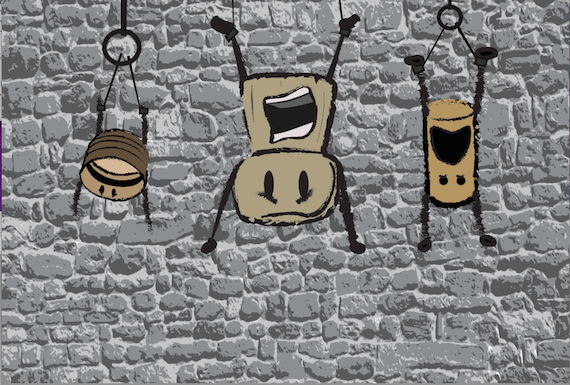Technically speaking, Saranex is a PE/ethylene vinyl acetate (EVA)/Saran/EVA/PE heat-sealable coextruded barrier film. The second liner (silver appearance) differs because it has a thin tin layer (sandwiched between the polyethylene and a thin polyvinylidene chloride [PVDC] outer skin) that acts as an oxygen barrier.
This oxygen barrier doesn’t have to be tin – it could be another metal, such as aluminium. Virtually all of the screwcaps used in Australia and New Zealand have this metal layer, and thus have extremely low oxygen transmission. The most common version of this type of liner is Saran Tin. Saran is the trade name for polymers of PVDC, developed by Dow, which has low water and oxygen permeability.
For a long time it was used to make Saran wrap (now this wrap, also known as cling film, is made solely from polyethylene because of safety concerns, although it is now less effective as an oxygen barrier). In Europe, particularly in Switzerland where screwcaps have been used widely for a long time, it’s mainly the Saranex liner that is used, which has a higher rate of oxygen transmission.
New ranges
Amcor recently introduced a new range of liners called Stelvin Inside. This is a new range of four different liners, with all the films being produced by Amcor with a view to offering winemakers alternatives to the two existing liners Saranex and Saran Tin.
The Stelvin Inside 1O2 liner offers the same OTR target as the existing Saran Tin liner. The Stelvin Inside 5O2 liner offers the same OTR target as Saranex. “Over the years, our customers have asked us if we could provide liners which give new and different permeability levels to those currently available,” says Amcor communication manager Karen Quirchove. “The 3O2 and 7O2 liners are completely new, offering new OTR levels not currently available for wine screwcaps.”
Even more recently, the largest screwcap producer, Guala, has launched its own range of three liners. Working with Lyon-based Manufacture Génerale de Joints (MGJ), it has developed the Oenoseal liners.
Onyx has an aluminium layer so has very low OTR, like existing Saran Tin liners. Ivory allows a little more OTR, and Coral still a little more, presumably similar to the Saranex liner.
So, if you are a winemaker, closures are now a creative tool, and it then becomes a question of matching the right closure to the right wine with a bit of educated guesswork. I’ll conclude by suggesting that, although all is peaceful in this current closure war truce, for the future the biggest threat to sales of all in-neck closures is the continuing steady advance of screwcaps.
This is because once a winery has made a switch to screwcap, it is unlikely to go back. This is because of the cost of changing bottling lines, but also because what is probably keeping a lot of producers away from screwcaps is fear surrounding market acceptance.
Once they have made the jump, and seen that the marketplace is happy with the switch, the cost advantages of caps and their convenience to the end user is likely to keep them hooked. And even more so now screwcap liners are now more diverse.




